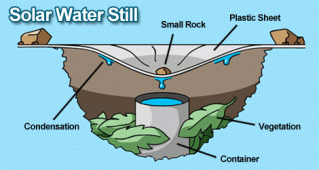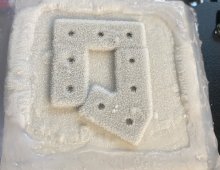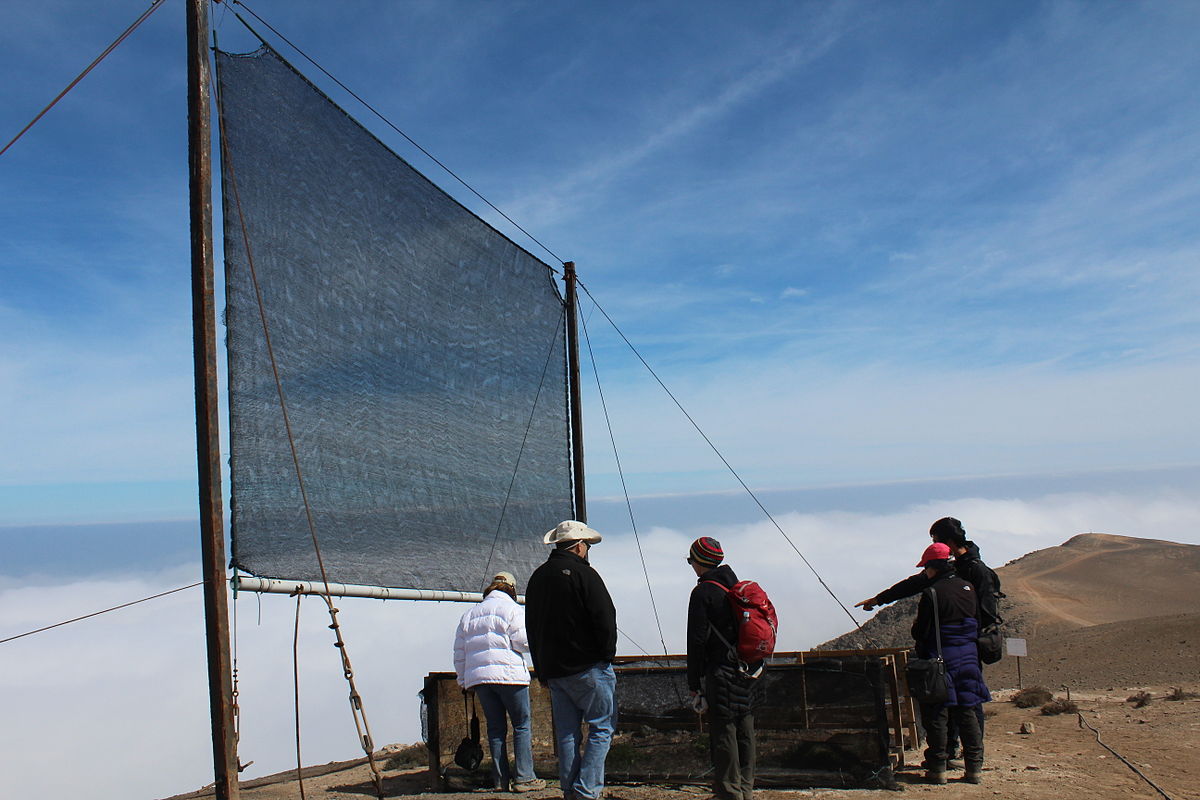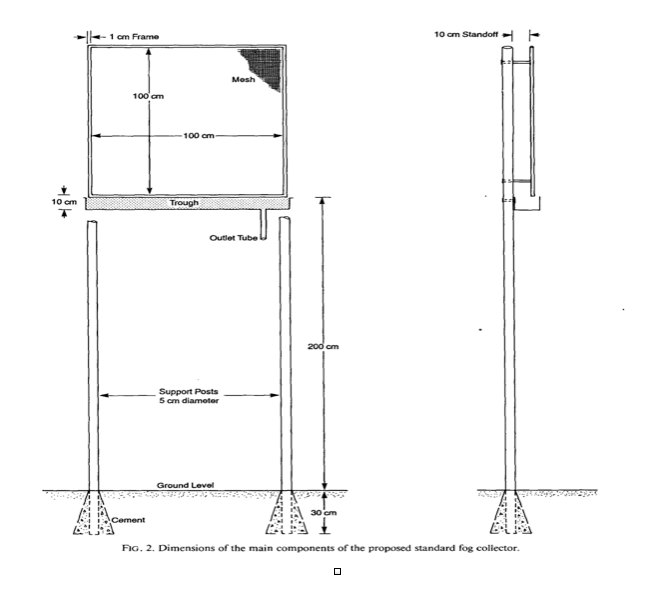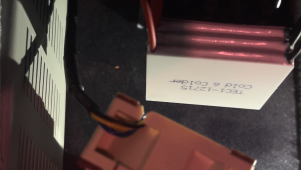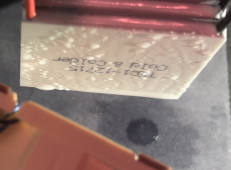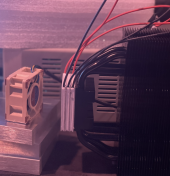svetz
Works in theory! Practice? That's something else
Like @curiouscarbon this is something I'm interested in so I hope you and others post what they're doing and experimental results.
Haven't seen anyone post on this, but.... the condensation plate might do better getting it as high as possible since humid air is less dense and rises (e.g., morning dew evaporating off grass/leaves would go up). It may also depend on the "dryness" of the ground, for example, dry ground might absorb moisture out of the air competing with a dehumidifier, whereas moist ground might have the highest possible humidity.
Haven't seen anyone post on this, but.... the condensation plate might do better getting it as high as possible since humid air is less dense and rises (e.g., morning dew evaporating off grass/leaves would go up). It may also depend on the "dryness" of the ground, for example, dry ground might absorb moisture out of the air competing with a dehumidifier, whereas moist ground might have the highest possible humidity.
So, why 1x 30 amp 62x62 mm for $25 when you get 5x 40x40mm 6A for $16? That's a surface area of 8000 mm vs. 3844....you can DIY this with a peltier thermoelectric cooling module, this is the route i am taking because of considerations about water safety. https://www.amazon.com/BQLZR-TEC1-12730-Thermoelectric-Peltier-Cooling/dp/B00EQ1X5EC



